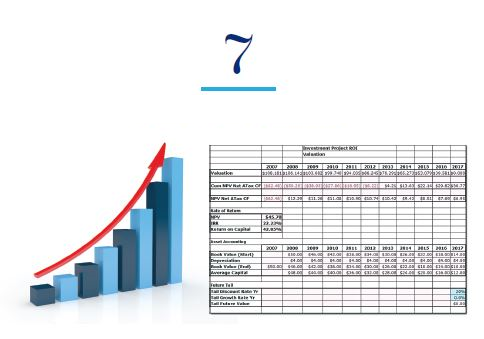Brief
Detecting BS in Health Care
Disclosure: This presentation contains no BS. Moreover, it was not composed in any facility manufacturing BS.

The Problem

In the past several months, we have observed several notable signs of deceptive, misleading, unsubstantiated, and foolish statements — what we will call “BS” — in the health care industry. These new signs include fraudulently marketed products from Theranos and IBM Watson, and a recent statement by the CEO of One Medical that his firm aims to take out 10 percent of U.S. health care spending — something no one has ever done (not even the Federal Government). These follow closely on the heels of other likely BS, including claims that the proposed CVS-Aetna merger will turn your local pharmacy into a neighborhood “health care hub.”
To be sure, BS is not just a recent phenomenon. Charles Dickens’ novella, A Christmas Carol (1843), includes the memorable line by Ebenezer Scrooge, “Bah, Humbug,” as he expressed his feelings that the holiday season was a hoax. The word “humbug” is actually older English for BS. Other great English synonyms for BS are shown to the right. Each term has an interesting origin, some going back to the late Middle Ages. Some suggest (probably incorrectly) that the root word in BS — “bull” — began as a contemptuous reference to Papal edicts or “bulls.” Most of the terms date from the 18th and 19th centuries. They all essentially mean “nonsense.” We prefer BS, because it is a lot easier to say, more frank, and conveys more Scrooge-like disdain.
Moreover, BS can be found anywhere. T.S. Eliot penned an early poem entitled, “The Triumph of Bullshit.” The author Ernest Hemingway was once asked, “Is there one quality needed to be a good writer, above all others?” He replied, “Yes, a built-in, shock-proof, crap detector.” During the 1960s, author Neil Postman embraced Hemingway’s message and developed a taxonomy of BS that included: pomposity, fanaticism, inanity, and ignorance presented in the cloak of authority. In a lively 1969 speech to the National Council of Teachers of English entitled, “Bullshit and the Art of Crap Detection,” Postman said:
“As I see it, the best thing that schools can do for kids is to help them learn how to distinguish useful talk from bullshit … [I] would argue that helping kids to activate their crap-detectors should take precedence over any other legitimate educational aim … Every day, in almost every way, people are exposed to more bullshit than it is healthy for them to endure …”
And this is long before the advent of political strategists on cable news.
BS has also been called out within science. The astrophysicist Carl Sagan, host of “Cosmos” on PBS television, developed a “baloney detection kit” to root out bogus science. Some of the tools in his kit included:
- seek independent confirmation of the “facts”
- encourage debate on the evidence
- “authority” carries no weight in the argument
- consider multiple working hypotheses
- insist on a complete chain of evidence
A Stanford researcher reported that the vast majority of scientific findings published in the medical literature may be suspect, since they cannot be replicated. Academic research articles have been published on detecting BS. Academic courses are now taught at major universities on detecting BS, and there are entire books on the subject.
Why is There a BS Problem?
Why does this kind of behavior occur? While flat-out dishonesty for short term financial gains is an obvious answer, a more common explanation is the need to say something positive when there is nothing positive to say.
The problem is acute in health care. Suppose you are faced with the assignment of solving the ageless problem in health care — the dilemma of reducing costs while simultaneously raising quality. If you were knowledgeable to begin with or did some research, you would find that there is no easy solution. You could respond with a message of failure or a discussion of inevitable tradeoffs. But you could also pick an idea with some internal plausibility and political appeal, fashion some careful but conditional language, and announce the launch of your program. Of course you will add that it will take a number of years before success appears, but you and your experts will argue for the idea in concept, with the details to be worked out later.
At minimum, unqualified acceptance of such proposed ideas, even (and especially) by apparently qualified people, will waste resources that could have been used to make the best of what we currently have, and will lead to enormous frustration for your audience of politicians and outraged critics of the current system who want answers and want them now. The incentives to generate BS are not likely to diminish — if anything, rising spending and stagnant health outcomes strengthen them — so it is all the more important to have an accurate and fast way to detect and deter BS in health care.
Following both Peter Pronovost and Atul Gawande, we call for a “BS Checklist Manifesto” to highlight the major forms of BS in health care today. Here we present our Top 10 BS candidates, in both pictures and words. First we present each picture, untitled and without text, thereby inviting readers to discern what the BS message is and engage them in the BS detection process. Then we offer an explanation of what the picture conveys. This will help the reader become a more skilled “BS Hunter.” We reserve the option to expound further as we step in more BS in the future.
Here are our top 10 forms of BS in health care. See if you can guess what each is before checking your answer in the full report:
